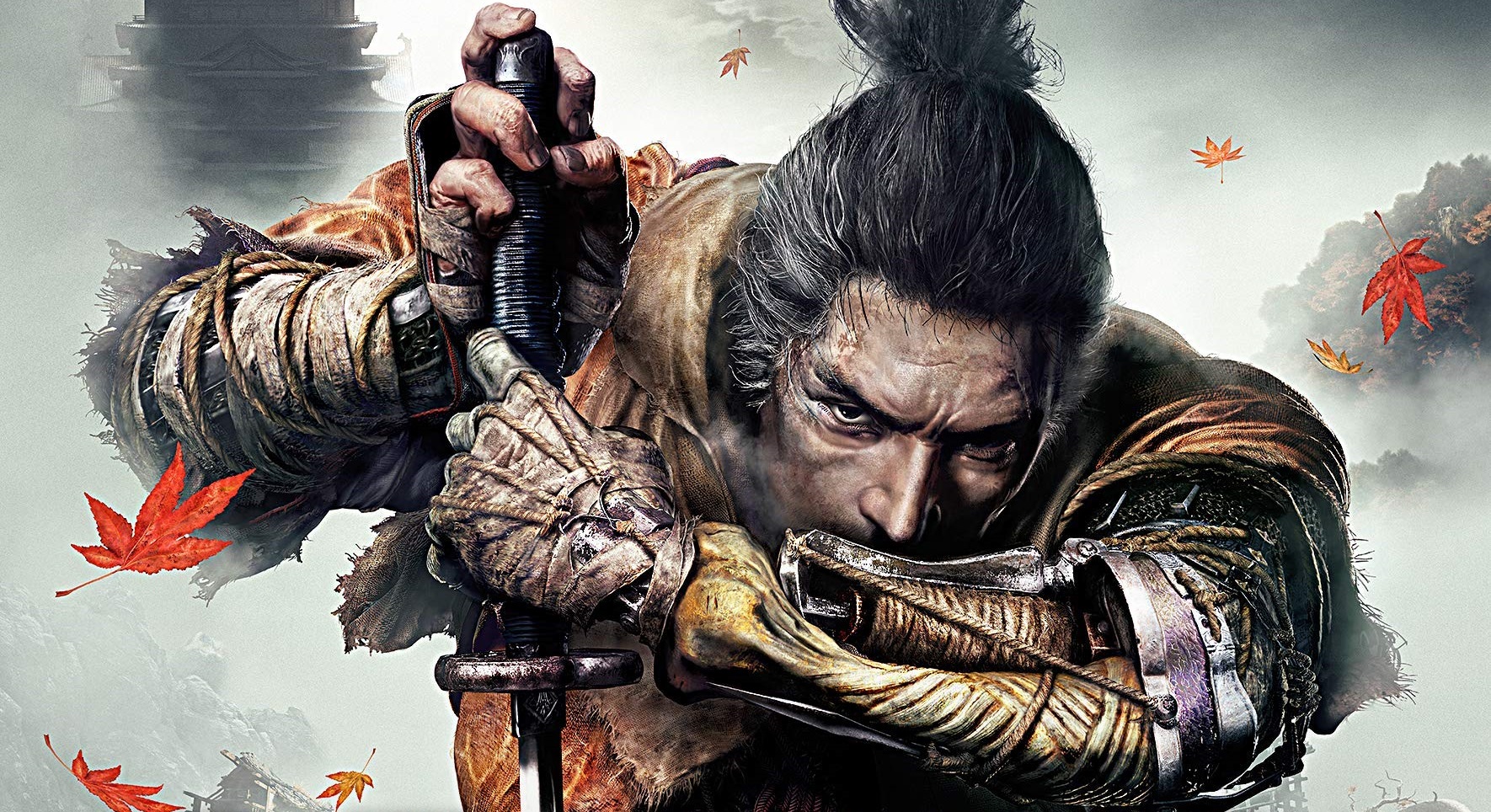
I’m no stranger to challenging and or technically deep games – they tend to be my favorite style and I thoroughly enjoy them. When I heard From Software was developing a single-player only, unabashed ninja-revenge action game, I could hardly contain myself. While the developer has been known for their Souls style of combat – weighty and more tactical in form – Sekiro: Shadows Die Twice was billed as an entirely new approach to combat, with unique mechanics to boot. I had my concerns over how From Software could adapt the framework of the Souls combat engine to a pure action game, but I’m happy to report that my worries have been completely obliterated. This game has owned me body and soul and I couldn’t be happier – read on to find out how it stacks up!
Sekiro: Shadows Die Twice
Publisher: Activision
Developer: From Software
Platform: Windows PC, Playstation 4, Xbox One (Reviewed)
Release Date: March 22nd, 2019
Players: 1 Player
Price: $59.99
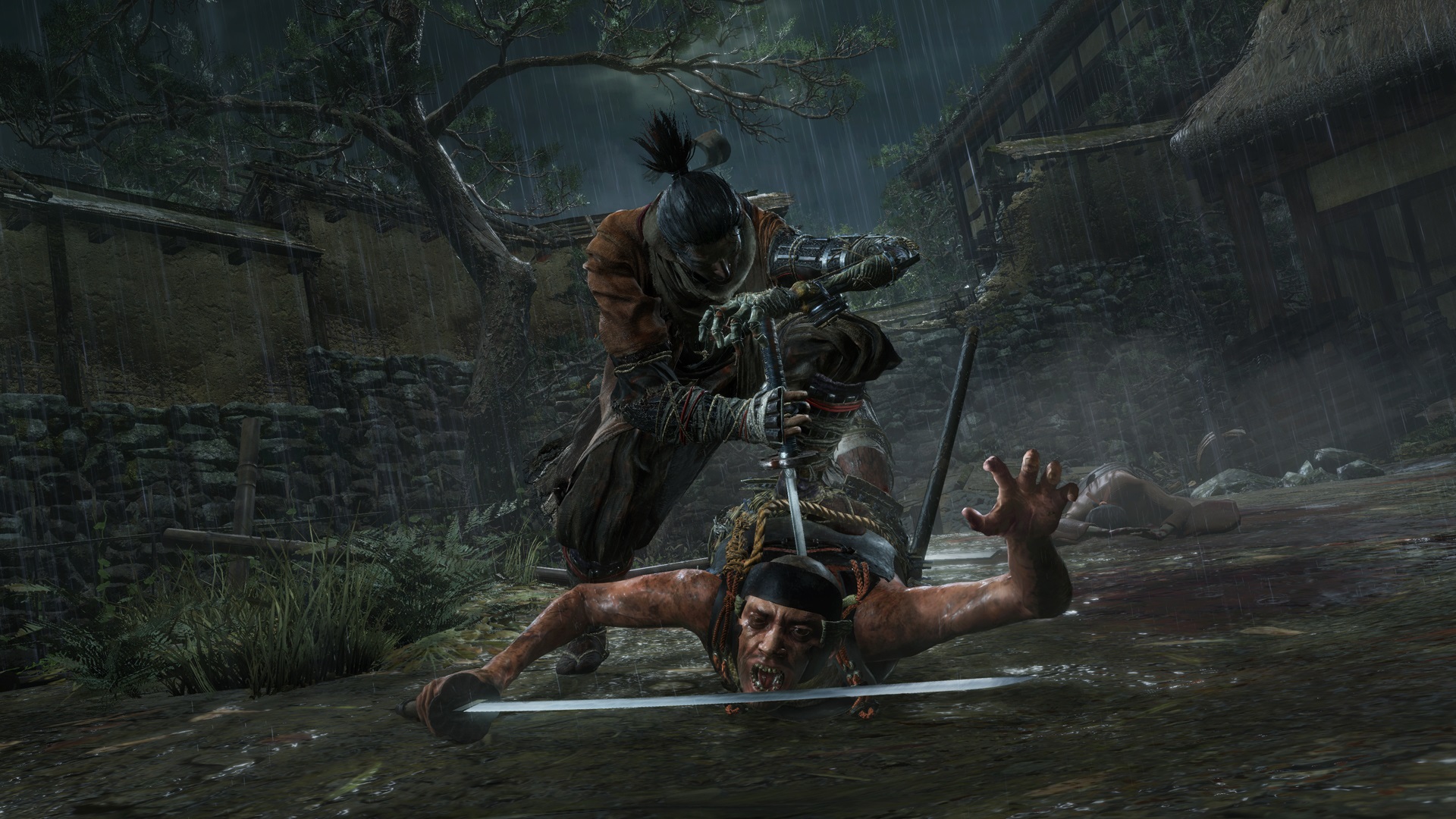
Sekiro: Shadows Die Twice comes to your eyeballs from a team primarily known for making darkly themed action RPGs. The game has its brooding or dark moments, but for the most part has a wide palette of environments and sights for you to experience in warring states era Japan. The game, its characters, combat animations, everything has many layers of visual polish and are superb.
The combat animations are really where the game shines – Sekiro’s own arsenal of attacks and weapons are the calculated, laser-focused work from artists to match the lethality of the ninja himself. When swords clash in the game, you really feel like they clash. The same goes for when bodily harm is afflicted – it never stops looking satisfying when you run your sword through foes.
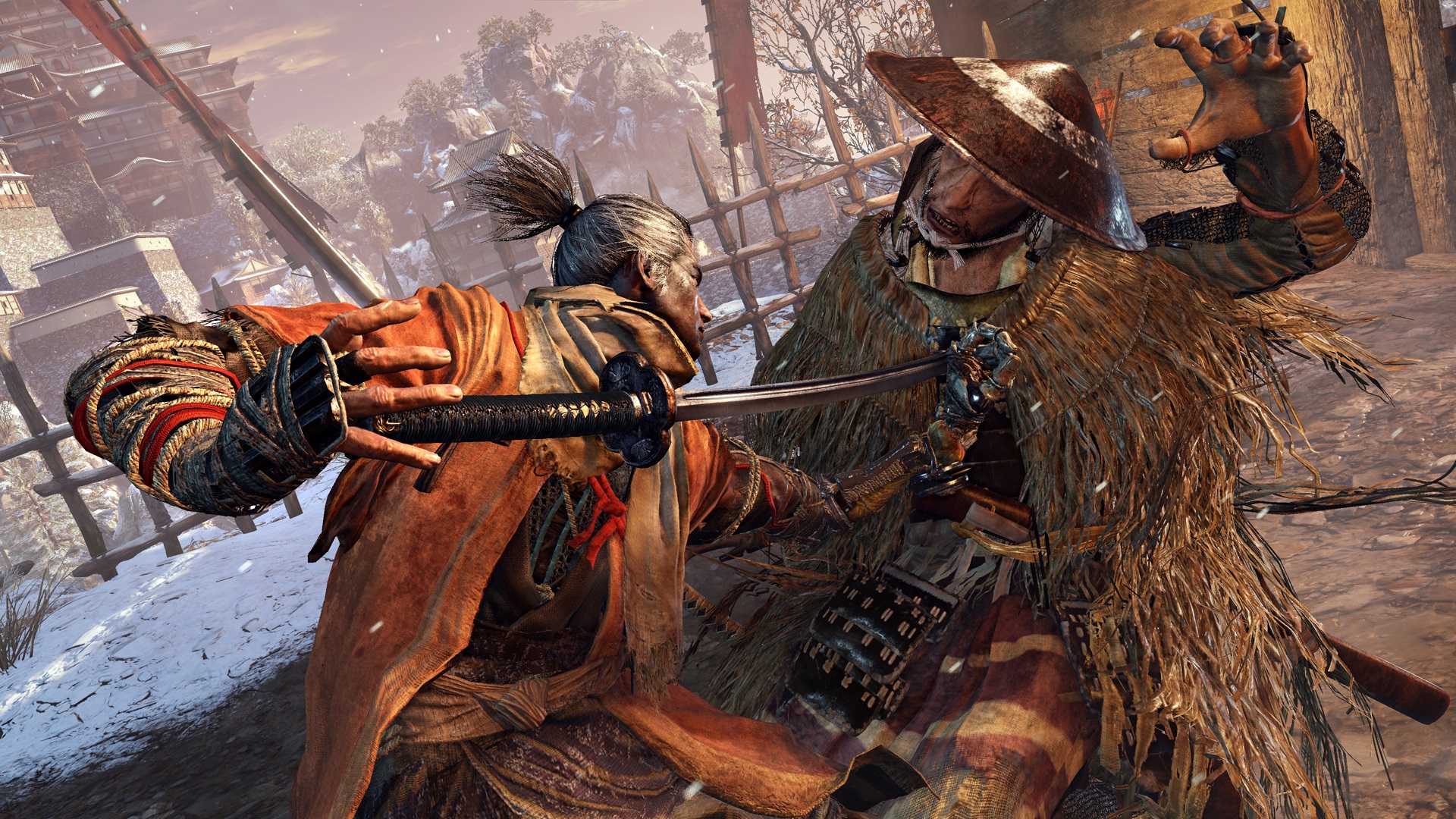
There’s a certain focus on the kinetic energy behind attacks in this game that is not truly present in the Souls series it draws from, and this matches its combat as well. When you master the mechanics of the game and truly engage enemies as a ninja, you’ll be leading your sword from body to body. It just looks fantastic in action, most especially the blood sprays/splatters.
The game has its visual moments when you might feel like its reminiscent of the Souls series – namely some of the little things like fog that acts as invisible walls, some minor enemies, and those damn red eyes. Overall the game feels wholly unique, yet so familiar. This is an extremely thorough visual take on feudal Japan, and it never stops looking good.
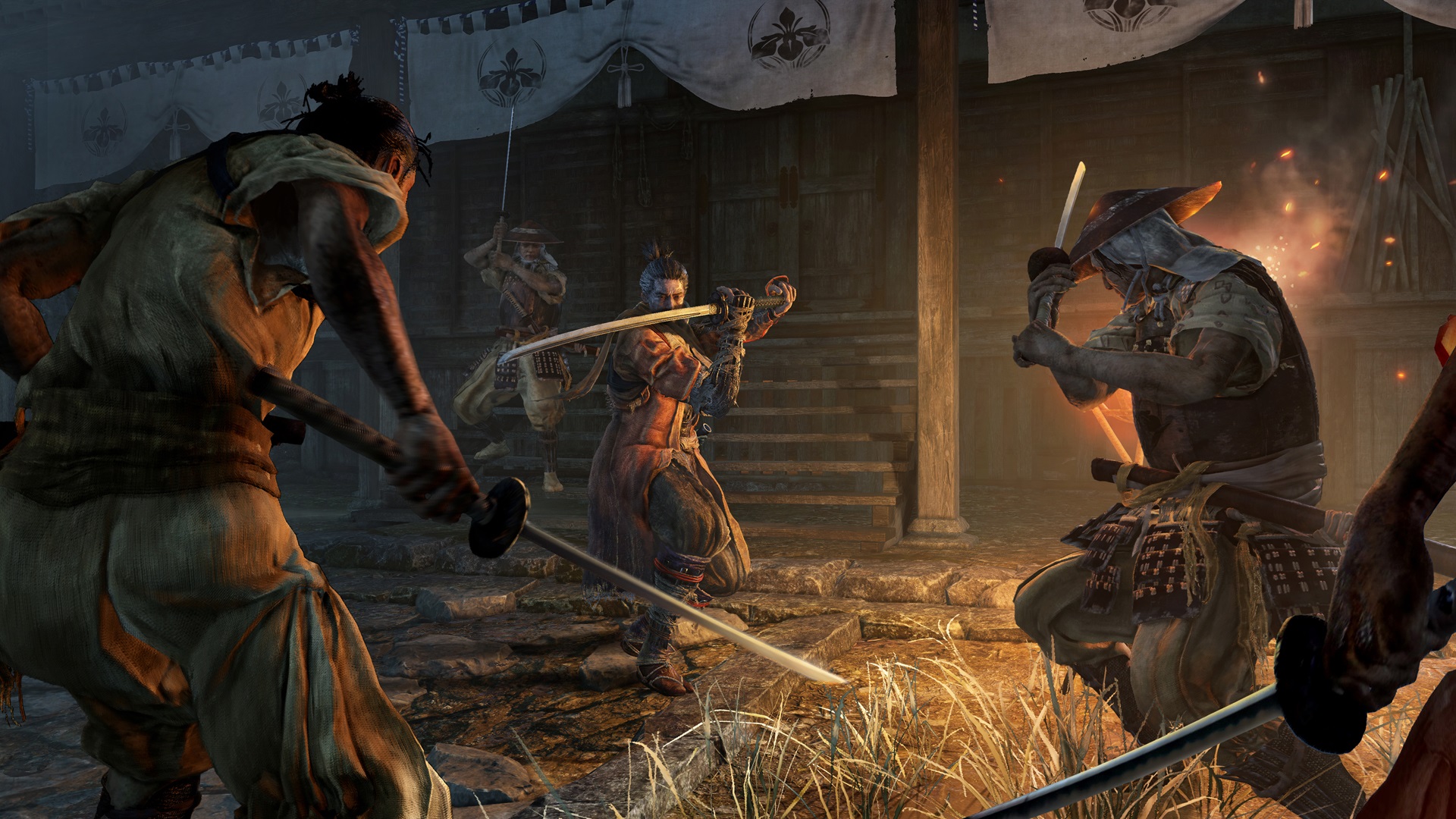
As I played the game on the original PlayStation 4 and Xbox One hardware, I did notice some slowdown and visual issues here and there. While uncommon, I did notice several instances of slowdown, as well as a few instances where textures wouldn’t load, or entire region textures wouldn’t load. Overall though, the game runs very well on what is now older hardware.
Sekiro: Shadows Die Twice draws from the Souls series as mentioned, but it changes things up quite a bit when it comes to combat mechanics. The game features a “posture” meter that is really the main thing you’ll ever care about. The goal is to overwhelm an enemy in true shinobi fashion, overload+break their posture meter, and then go in for the killing blow. This is true ninja combat.
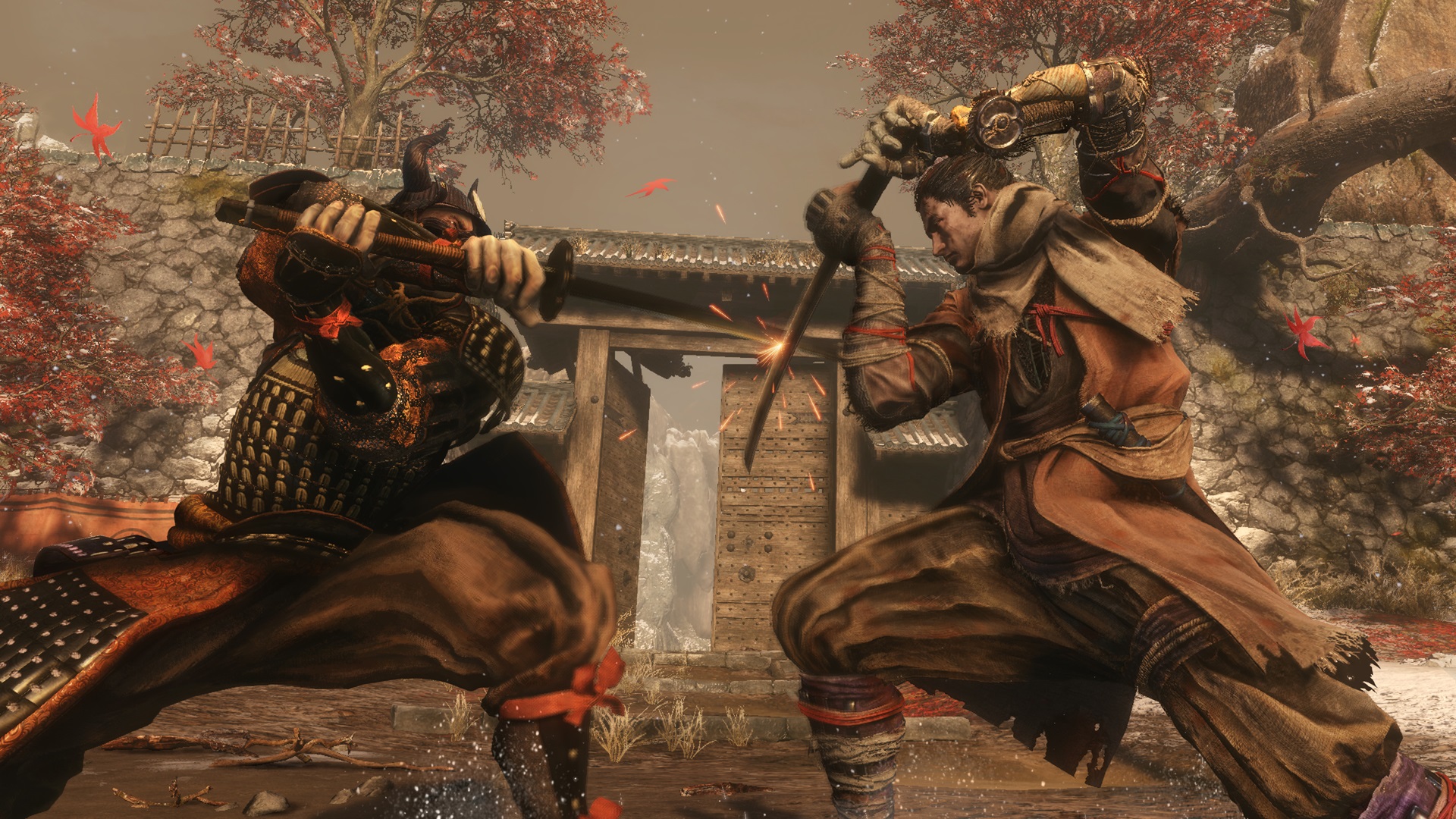
One of the core tenets of the game is the sound and feel of swords clashing, with the player trying to fight for an opening to perform a killing blow. Precisely deflecting attacks will also further load up a foe’s posture. The game also switches between direct combat and stealth. You are a ninja and the game will slap you should you try barreling headfirst into a large group of enemies.
The beauty of Sekiro is in its progression and challenge, with the beginning making you feel truly helpless and weak. As you progress you’ll slowly learn new techniques, get new weapons, as well as get literally stronger. There are no deep RPG mechanics, yet you have skill trees. The trick is finding the right combos and learning how to destroy foes as quickly as possible.
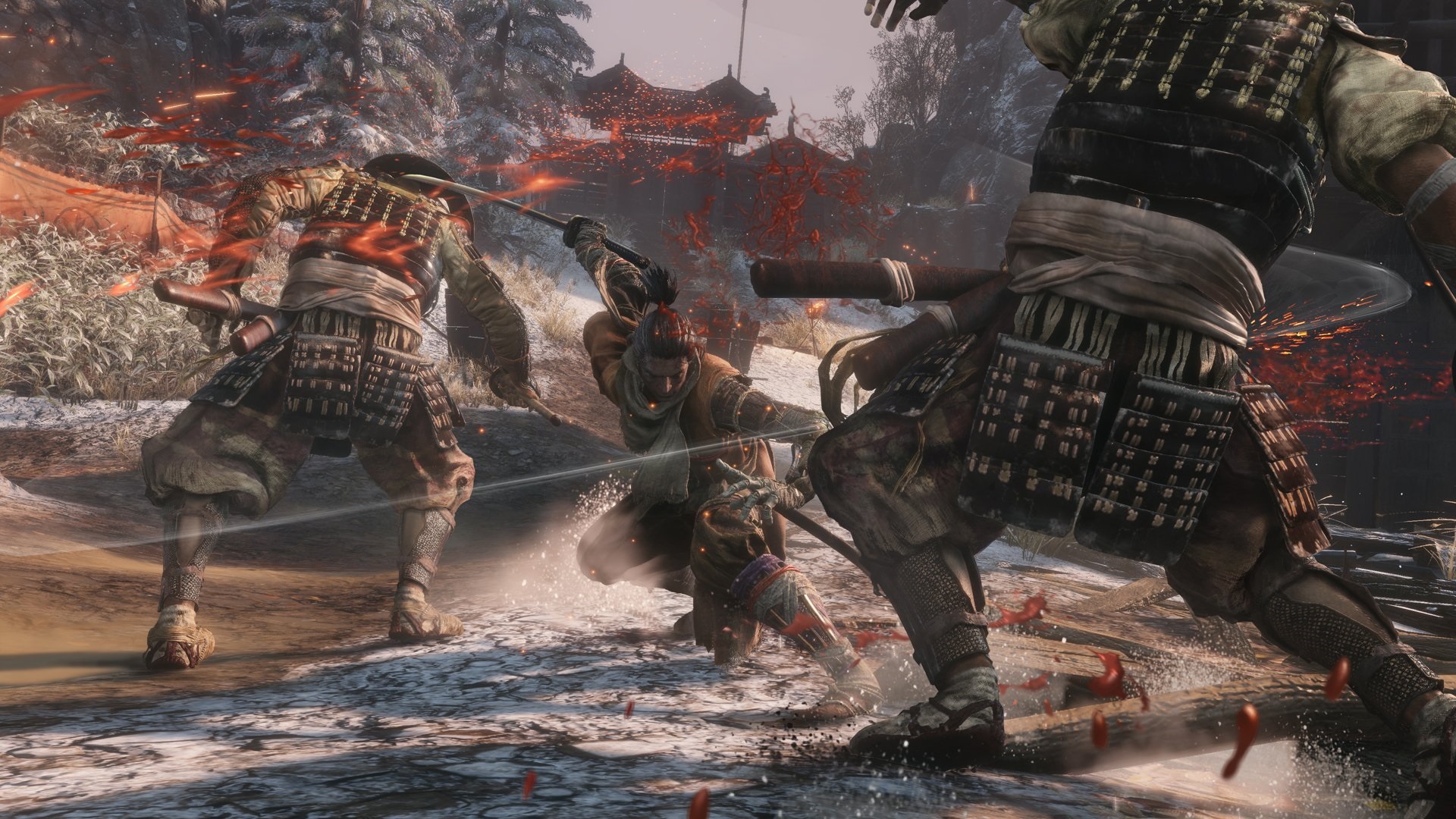
The game has been divisive in how challenging it is, even moreso than its Souls forebears because of its lack of deeper RPG mechanics. Instead, Sekiro focuses on pure combat and the hand+eye coordination of the player. You can still cheese the game a bit and break enemy A.I. if you want, but ultimately you have to learn the mechanics to progress. It feels totally fair, too.
The game’s subtitle, Shadows Die Twice, is a take on its revive mechanic – which stems from its story. Without spoiling things, Sekiro can revive himself provided your revive meter is full or replenished. This doesn’t mean the game is easier than its predecessors, you’ll have to manage your revive count and how often you combat a sickness that spreads the more you die.
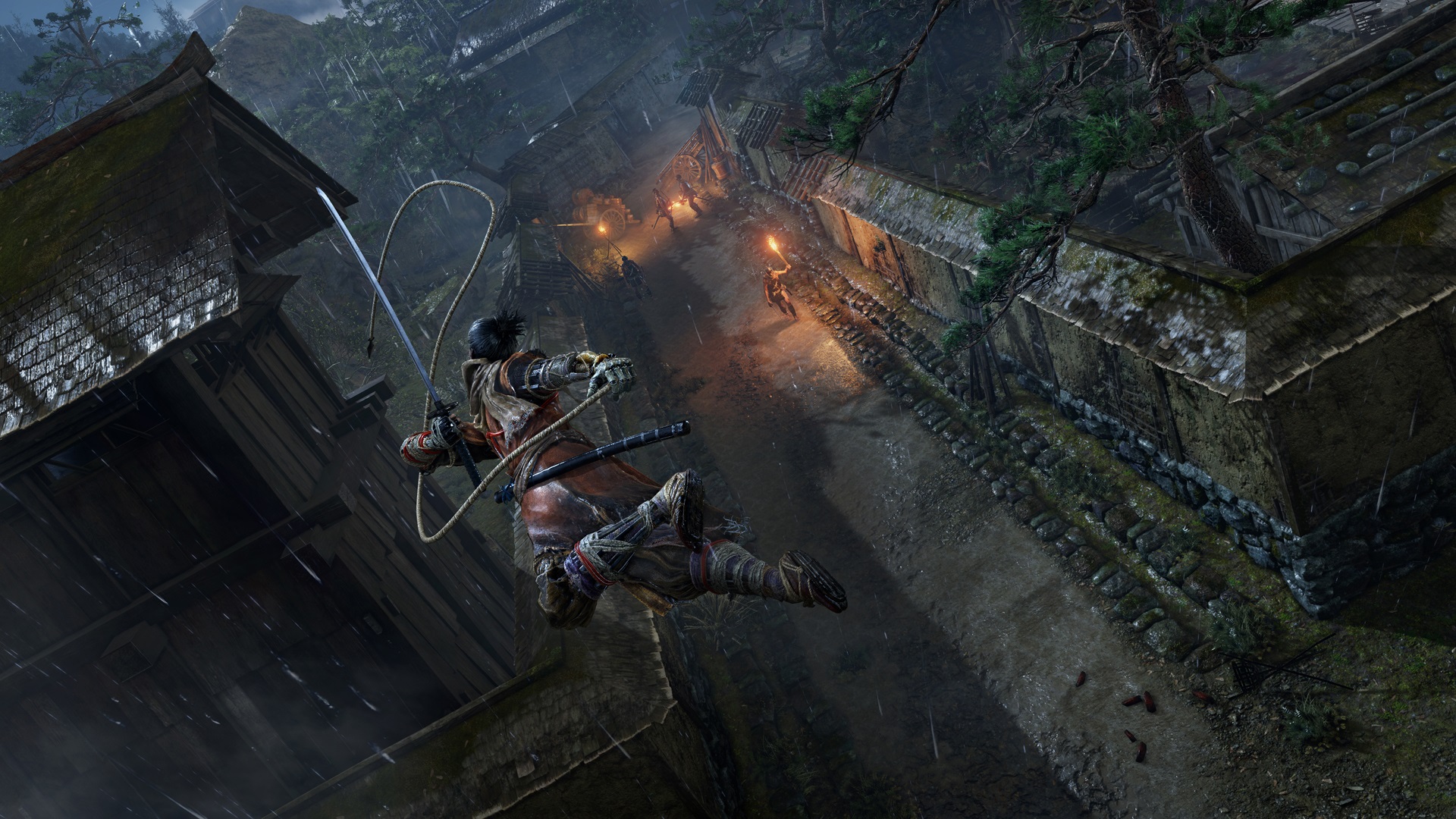
Due to the game’s semi-open world nature, you’re free to progress as you wish in most areas, but sometimes you’re reminded of your inferiority by an enemy you’re not quite ready for yet. Case in point: there’s a boss you have to face but have the option to fight early on – you can easily get your ass reamed. If you come back later when you’re wiser and stronger – you’ll clean house.
Once the game clicks with you and you’re no longer afraid of your limits, you become aware of those limits and try to fight the game with every fiber of burning revenge Sekiro himself has. It makes those achievements, those triumphant executions, extremely satisfying and like a legitimate accomplishment. The game offers you the path, you simply have to walk it and understand it.
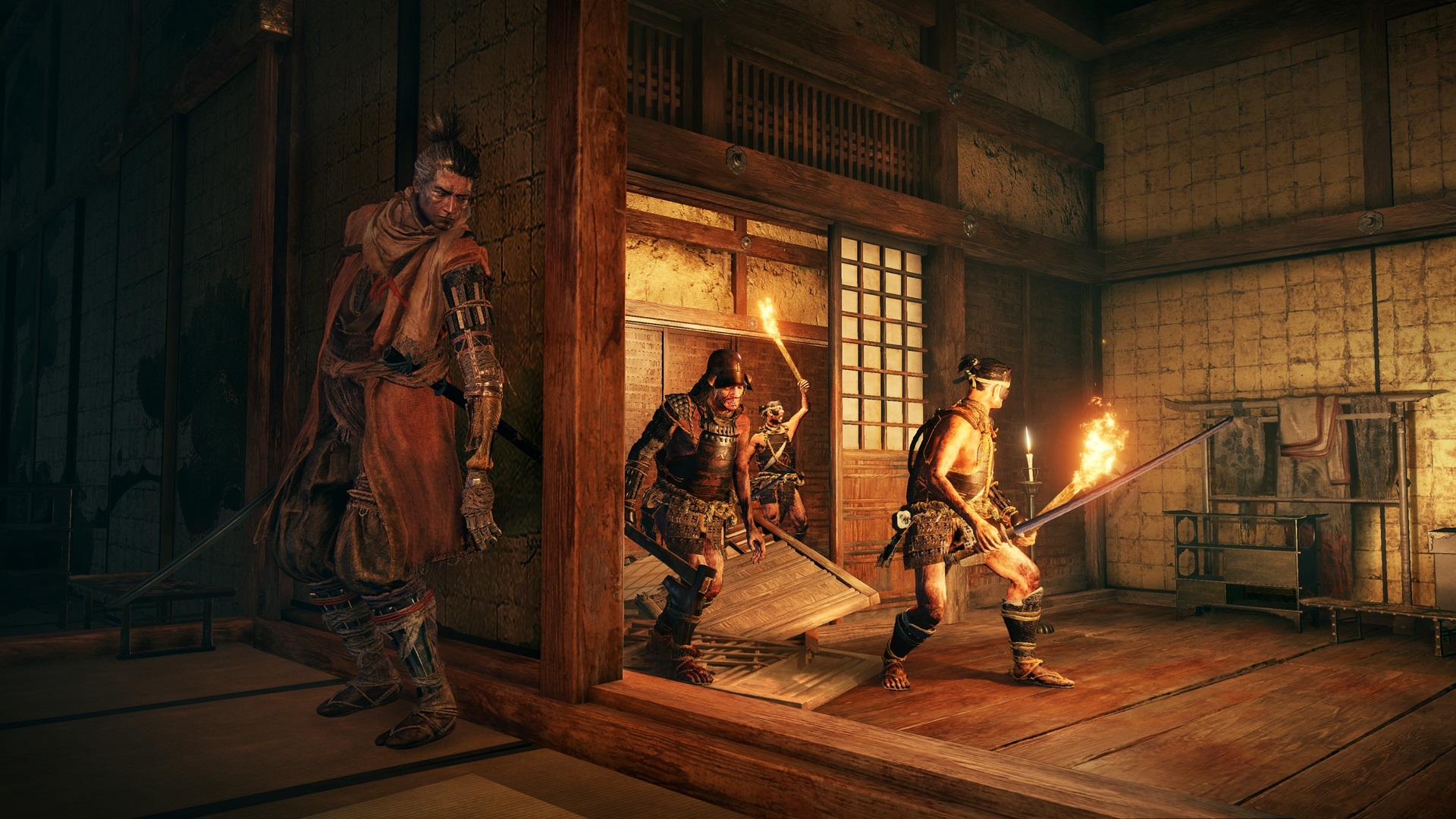
The only real weakness in Sekiro is the stealth mechanics, in that you can really exploit them and get away with literal murder in broad daylight while enemies are looking. The clear focus of the game is its posture and deflecting mechanics, so it feels like the stealth mechanics are sort of just.. there. They work, but it’s just silly when guard patrols are literally walking over dead bodies.
The soundtrack and overall sound design in Sekiro: Shadows Die Twice is as excellent as its visuals and mechanics. The musical score has a very hearty sound to it and includes the expected host of ethnic Japanese instruments combined with western pieces to match beautifully. There really wasn’t one track that felt odd, and I never got tired of those same tracks through all those deaths.

The voice work, combat sounds, environment noises, all of the sound work is superb and really adds another layer of realism to an already intricately realistic and technical game. There are supernatural themes, but the performances by the Japanese cast are really well done. Plus, I never got tired of the sword clashing sounds – the team really nailed everything.
As with any games we review, my thoughts on the story in Sekiro: Shadows Die Twice will be free of spoilers. The game is focused on Sekiro, the titular ninja who falls from grace after his ward is captured and whisked away to further some evil guy’s plot. That’s the gist of things, your goal is to get badass again and whoop him old school style, and it really does feel good.
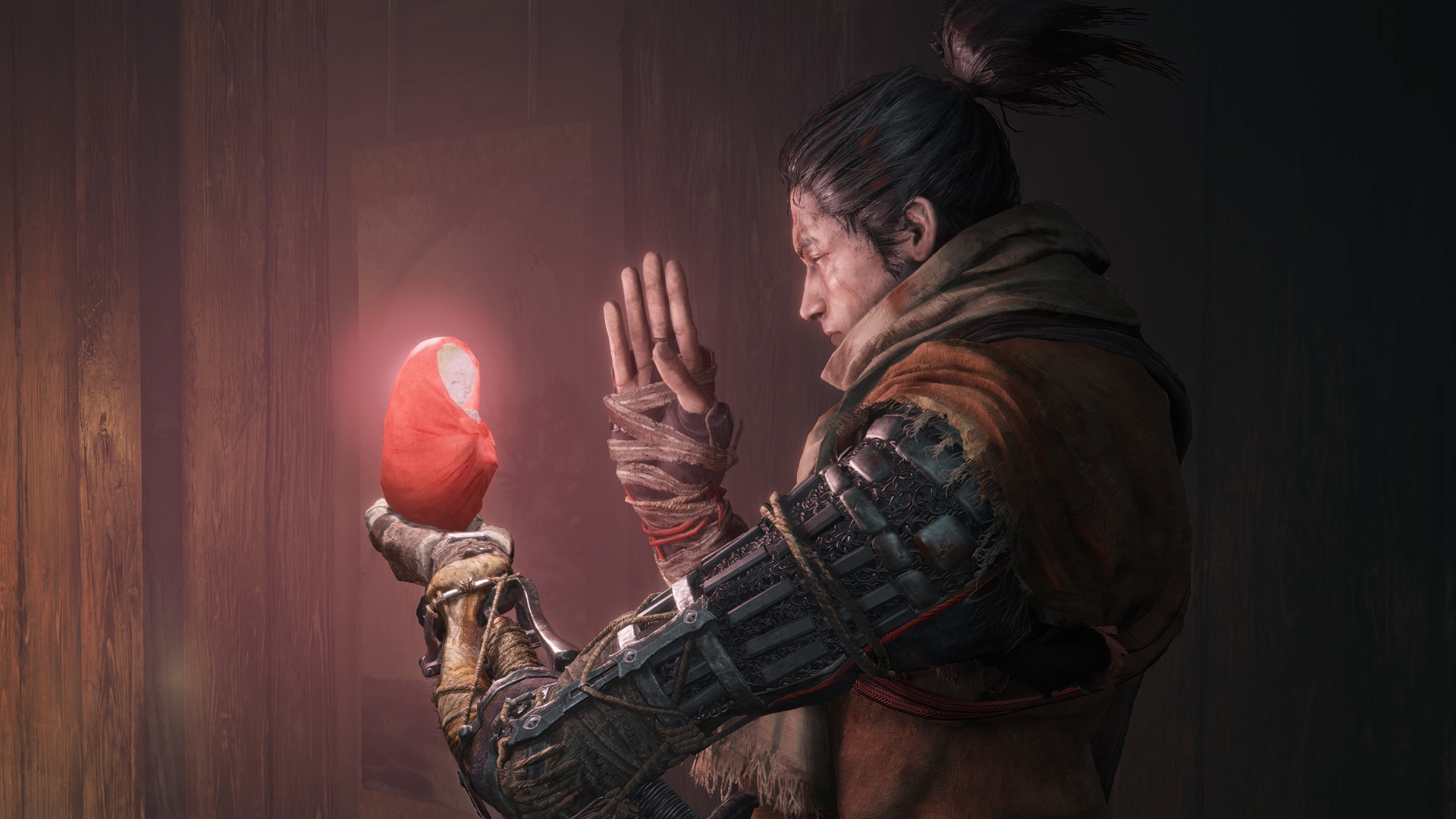
The game has some nice themes of traditional Asian mythology embedded throughout, including some real environmental and or overwhelming adversaries that kind of just.. appear in certain areas. At first I was confused, only to remember this is a deeply Japanese game that is thoroughly focused on capturing the look and feel of Sengoku era Japan.
Despite the game having an extremely focused story with Sekiro at the forefront, there are four potential endings and thankfully unlocking all four isn’t that much of a pain. The true and best ending, in fact, is definitely worth going for as it nicely wraps things up in my opinion, without leaving you wanting more – although that will likely happen anyway.
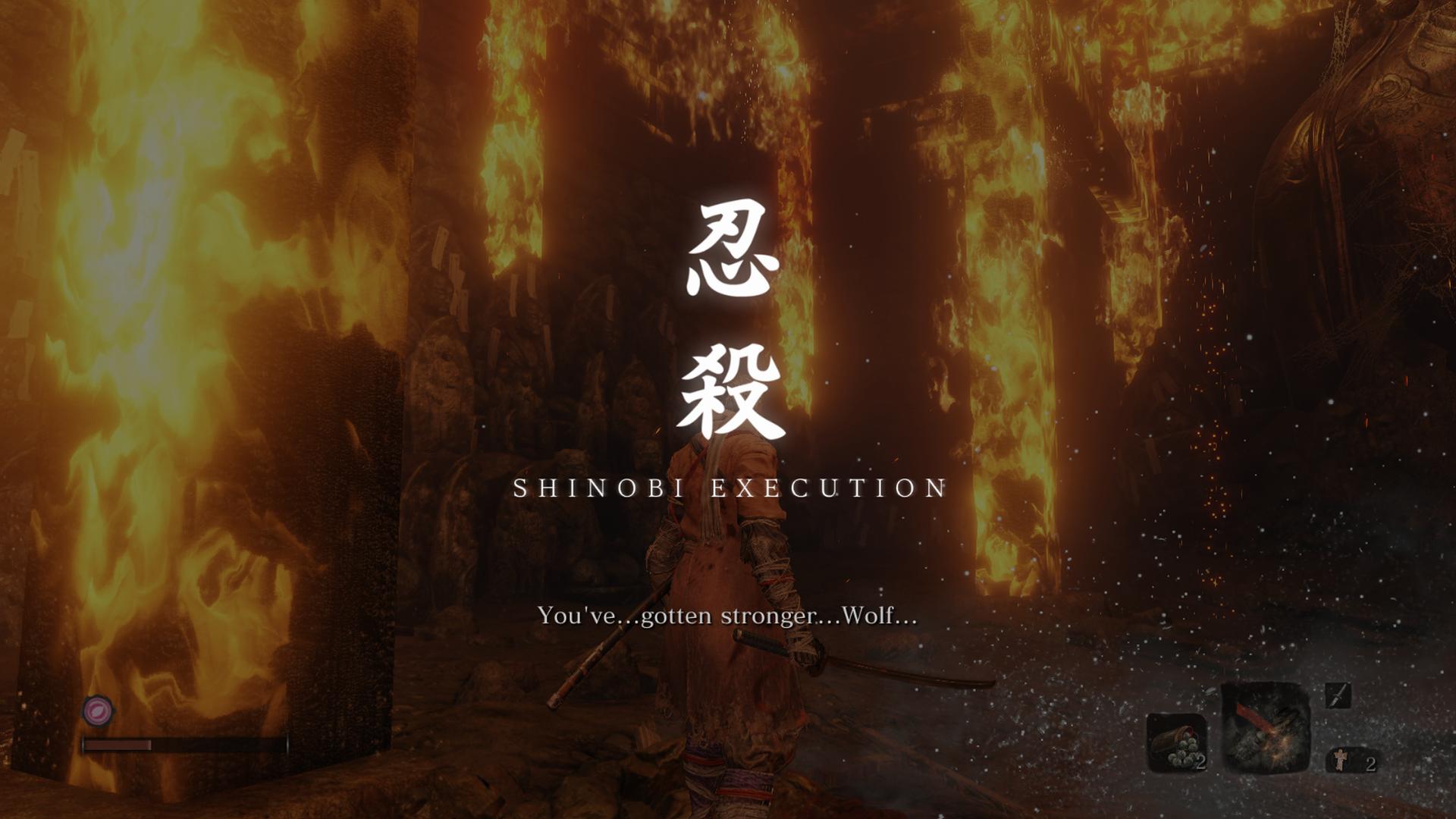
Sekiro: Shadows Die Twice is a thoroughly entertaining and rewarding action game that stands alongside the greatest entries in the genre. The game has so many good things going for it, and it really just offers an amazing experience that demands your full attention, and commitment. This is a finely distilled variation of From Software’s pedigree, and it is quite superb.
I really can’t get enough of the game, and I feel like it takes all the things I love from the Souls series but throws it within a new setting, with further refined mechanics. It’s a thoroughly refreshing take on the legacy Miyazaki and his team have established, and I really hope we can get more of it in the future. For now, I’m going to go try speed-running various regions in Sekiro again.
Sekiro: Shadows Die Twice was reviewed on Xbox One using a review copy provided by Activision. You can find additional information about Niche Gamer’s review/ethics policy here.